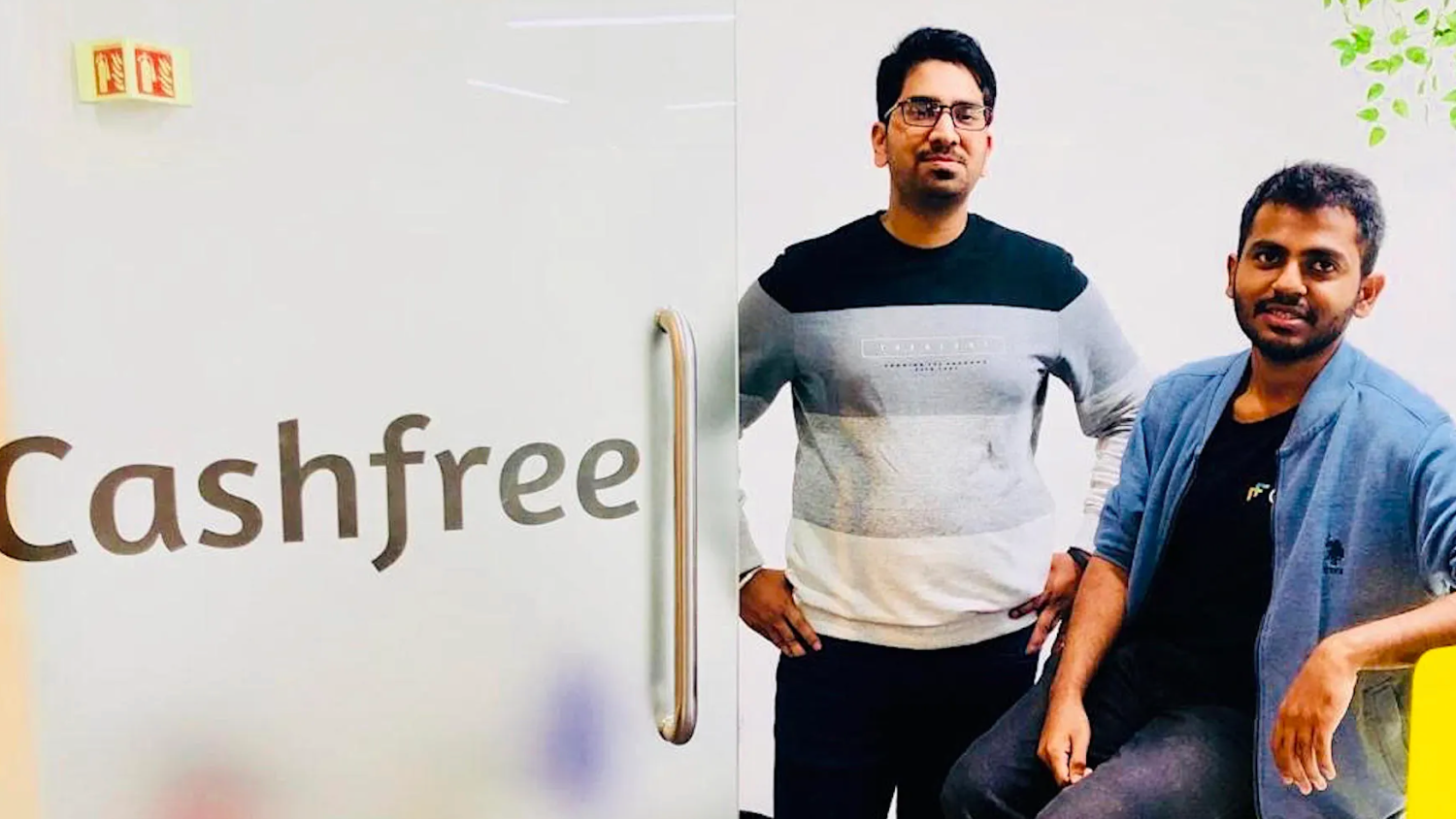Related News
How Sheeva.AI's Precision Mapping Can Transform Autonomous Vehicle Parking and Urban Mobility
Precision mapping technology can optimize parking for autonomous and human-driven vehicles, reduce congestion, improve efficiency, and enable seamless transactions through real-time data and accurate geolocation

As autonomous vehicles (AVs) move from concept to reality, the way we think about urban mobility and parking is poised for dramatic change. One of the most persistent urban challenges is the congestion caused by vehicles circling in search of parking — a problem that AVs, if not managed properly, could inadvertently worsen. Enter Sheeva.AI, whose precise geolocation and granular mapping technology offers a compelling solution to optimize parking for both human-driven and autonomous vehicles.
Precision Mapping: The Key to Smarter Parking
Sheeva.AI's patented geolocation technology can pinpoint a vehicle's location within two meters, even in dense urban environments where GPS signals often falter. This level of accuracy, combined with their mapping of millions of service points—including curbside parking zones, garages, and individual spaces—enables vehicles to be detected at the exact spot, not just the general vicinity. For AVs, this means the ability to identify and navigate directly to an available parking space, rather than endlessly circling city blocks.
Proven Technology, Ready for Autonomous Applications
While the autonomous vehicle future is still emerging, Sheeva.AI's precision mapping technology is already demonstrating its effectiveness with human-driven vehicles today.Through pilot programs with conventional cars, the platform has proven its ability to deliver sub-two-meter accuracy in real-world urban conditions, successfully guiding drivers directly to available parking spaces and streamlining the entire parking experience.
These current deployments serve as a crucial proving ground, validating the core technology that will power tomorrow's autonomous parking solutions. The seamless transition from human-driven to autonomous applications means cities and parking operators can begin benefiting from improved parking efficiency immediately, while building the infrastructure foundation for the AV era.
From Real-Time Availability to Seamless Transactions
The true potential of Sheeva.AI's platform emerges when this granular mapping is paired with real-time parking availability data. AVs equipped with Sheeva.AI's technology could receive live updates on open spaces, navigate directly to them, and even initiate and complete parking payments automatically through the vehicle's infotainment system. This frictionless experience not only saves time for drivers (or, in the case of AVs, their passengers), but also reduces unnecessary traffic and emissions caused by vehicles searching for parking.
The system's sophisticated coordination algorithms ensure that multiple vehicles aren't directed to the same space simultaneously, while dynamically optimizing for factors like proximity, parking duration, and space availability across the entire urban grid.
Solving the Urban Congestion Puzzle
Studies have shown that up to 30% of urban traffic can be attributed to cars looking for parking. If AVs simply replicate current parking behaviors, they risk exacerbating congestion in city centers. However, with Sheeva.AI's precise location and mapping capabilities, AVs can be programmed to park optimally—choosing the nearest available spot, reducing idle driving, and even dynamically responding to changing demand and city policies.
Beyond efficiency gains,this technology addresses critical urban planning challenges. City officials can leverage real-time parking utilization data to make informed decisionsabout curb space allocation, dynamic pricing, and traffic flow management. The result is a data-driven approach to urban mobility that reduces congestion, improves air quality, and maximizes the utility of existing parking infrastructure.
Built for Scale and Integration
Sheeva.AI's open API approach ensures that its technology is scalable and adaptable, ready to integrate with a wide range of mobility services, automakers, and urban infrastructure systems. The platform is designed to work seamlessly with existing parking management systems, city traffic networks, and emerging connected vehicle technologies.
As cities and automakers prepare for an autonomous future, early adoption of precision parking technology creates a competitive advantage. Organizations that integrate these capabilities today will be best positioned to capitalize on the autonomous vehicle transition, offering superior user experiences while contributing to more efficient urban mobility networks.
The Path Forward
For city planners, the question isn't whether to prepare for autonomous parking, but how quickly they can begin optimizing their current systems. For automakers and mobility service providers, Sheeva.AI's proven technology offers a clear pathway to differentiate their offerings in an increasingly competitive market.
The future of urban mobility is not just about autonomy—it's about intelligence. By enabling both current and future vehicles to park precisely, efficiently, and autonomously, Sheeva.AI is helping to pave the way for smarter, more livable cities. As we move closer to widespread AV adoption, technologies that bridge the gap between digital intelligence and physical infrastructure will be the linchpin of sustainable urban transportation.
Ready to explore how precision parking technology can transform your mobility operations? Contact us to learn more about pilot programs and integration opportunities that can deliver immediate benefits while preparing for the autonomous future.
Let's start reimagining our city centers — not as parking lots, but as vibrant, accessible spaces, powered by the next generation of mobility technology.
Built to integrate with all the tools you love to use. Choose between 5,965 options.
Lorem ipsum dolor sit amet, consectetur adipiscing elit. Suspendisse varius enim in eros elementum tristique. Duis cursus, mi quis viverra ornare, eros dolor interdum





